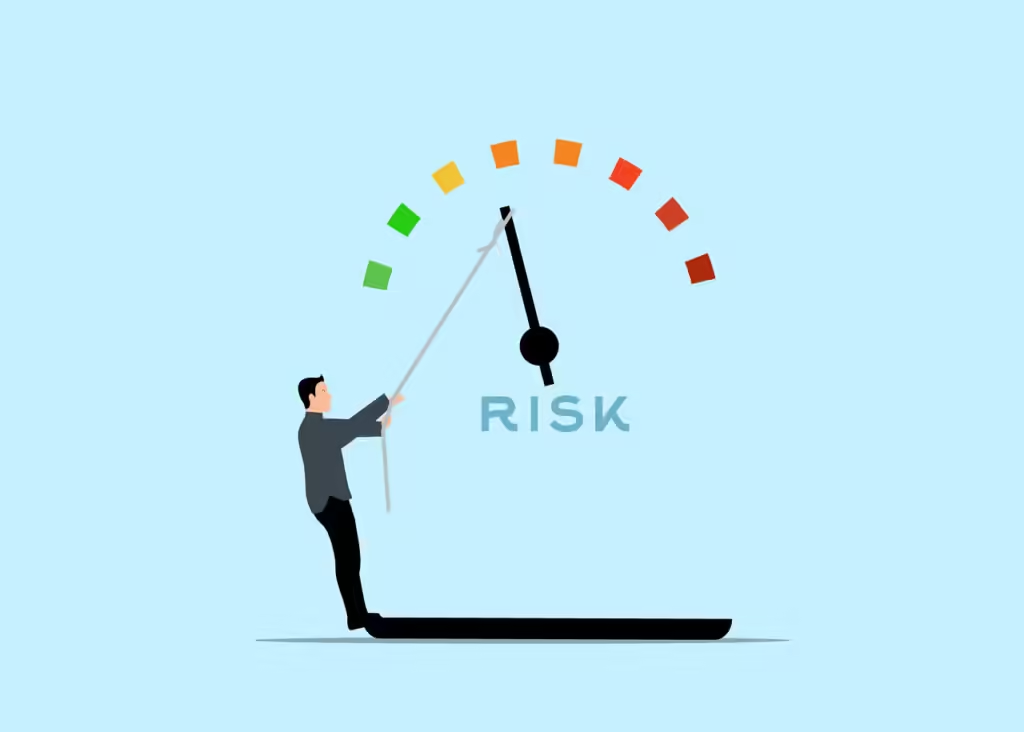Cybersecurity is a critical aspect of modern business operations. Understanding risk assessments is crucial for protecting sensitive data. This article aims to break down the complexities of cybersecurity risk assessments, making them accessible and understandable.
Risk assessments help identify potential threats to a system. By analyzing these risks, businesses can implement measures to protect their data. Let’s dive into the key aspects of risk assessments in cybersecurity.
Table of Contents
The Basics of Risk Assessments
What is a Risk Assessment?
A risk assessment evaluates potential threats to a system. It involves identifying, analyzing, and prioritizing risks. The goal is to understand what could go wrong and how to prevent it.
Risk assessments start with identifying assets. These could be hardware, software, or data. Once assets are identified, the next step is to determine potential threats. These could range from cyber attacks to natural disasters.
Why are Risk Assessments Important?
Risk assessments are essential for several reasons. First, they help businesses identify vulnerabilities. Knowing where the weak points are allows companies to strengthen their defenses.
Second, risk assessments aid in resource allocation. By prioritizing risks, businesses can allocate resources to areas that need the most protection. This ensures that security measures are both effective and efficient.
Conducting a Risk Assessment
Step-by-Step Process
- Identify Assets: The first step is to list all assets. This includes everything from servers to software.
- Identify Threats: Next, determine potential threats to each asset. Consider both internal and external threats.
- Assess Vulnerabilities: Analyze how each threat could exploit vulnerabilities. This involves looking at past incidents and current security measures.
- Determine Impact: Evaluate the potential impact of each threat. Consider both financial and operational impacts.
- Prioritize Risks: Finally, prioritize risks based on their likelihood and impact. This helps in deciding which risks need immediate attention.
Tools and Techniques
Various tools and techniques can aid in conducting risk assessments. For example, vulnerability scanners can identify weak points in a system. Penetration testing can simulate cyber attacks to test defenses. These tools provide valuable insights into a system’s security posture.

Implementing Risk Mitigation Strategies
Developing a Plan
Once risks are identified, the next step is to develop a mitigation plan. This plan outlines measures to reduce or eliminate risks. It should be comprehensive and cover all identified risks.
The plan should include both preventive and corrective measures. Preventive measures aim to stop threats before they occur. Corrective measures deal with threats that have already occurred. Together, these measures provide a robust defense against cyber threats.
Monitoring and Reviewing
Risk mitigation is an ongoing process. It requires continuous monitoring and regular reviews. This ensures that the mitigation measures remain effective.
Regular updates to the risk assessment are also necessary. As new threats emerge, the risk assessment should be updated to reflect these changes. This proactive approach helps in staying ahead of potential threats.
Best Practices of Risk Assessments in Cybersecurity
Employee Training
Employee training is a crucial aspect of cybersecurity. Educating employees about potential threats and best practices can significantly reduce risks. Regular training sessions ensure that employees are aware of the latest threats and how to handle them.
Staying Updated with Threat Intelligence
Threat intelligence involves staying informed about the latest threats. This information can be obtained from various sources, including security vendors and industry reports. Staying updated helps in anticipating and mitigating new threats.
Understanding Risk Assessments in Cybersecurity with MATUR Intech Cyberhub
In conclusion, understanding risk assessments in cybersecurity is vital for protecting sensitive data. By identifying and prioritizing risks, businesses can implement effective mitigation strategies. Continuous monitoring and regular updates ensure that these strategies remain effective.
As a business, it’s essential to take cybersecurity seriously. Conducting regular risk assessments is a proactive step in safeguarding your assets. Don’t wait for a cyber attack to take action. Start your risk assessment today and secure your business for the future.
At MATUR Intech Cyberhub, we understand the importance of cybersecurity risk assessments. Our team of experts is dedicated to helping businesses identify and mitigate risks. With our comprehensive risk assessment services, you can rest assured that your business is protected. Visit MATUR Intech Cyberhub to learn more about our services and how we can help you secure your business.


